cubic phase zirconia in the visible light band is close to 2.2, which is much higher than traditional optical glass and optical resin (1.5~1.8). Cubic zirconia can be used to make optical lenses, catering to the development trend of large viewing angles and miniaturization of modern optical devices such as digital cameras and telescopes. However, the growth of zirconium oxide single crystal requires high temperatures and a long period, and its preparation cost is high. With the continuous development of transparent ceramic technology, its advantages in mechanics and optics have attracted more attention. Therefore, preparing zirconia transparent ceramics at relatively low temperatures has become a new option. In addition, zirconia transparent ceramics have good transmittance in the visible and mid-infrared bands, are resistant to wear, acid and alkali corrosion, and rain erosion, and are expected to be used as window materials.
In recent years, The team of Li Jiang, a researcher at the Shanghai Institute of Ceramics, Chinese Academy of Sciences, has conducted in-depth research on zirconia transparent ceramics and made a series of research progress. The team used commercial 8YSZ (yttrium stabilized zirconia) powder as raw material, systematically studied the effect of pre-sintering temperature on the internal pores and grain size of ceramics, and combined with hot isostatic pressing sintering to prepare a ceramic with both optical transmittance and mechanical properties. Performance zirconia transparent ceramic. As the temperature of hot isostatic pressing sintering increases from 1350℃ to 1550℃, the linear transmittance of the ceramic at 800nm increases from 65.3% to 74.2%, and the average grain size increases from 2.4μm to 16.3μm. , the flexural strength decreased from 328±20MPa to 289±19MPa. Higher hot isostatic pressing sintering temperature can produce stronger sintering driving force, more complete removal of pores, and better ceramic optical transmittance, but the ceramic grains will grow and the corresponding mechanical properties will decrease. Relevant research results were published in Journal of Advanced Ceramics (2022, doi: 10.1007/s40145-022-0602-6).
At the same time, the team used low-cost and widely sourced ZrOCl2·8H2O and Y(NO3)3 as raw materials, NH3·H2O as precipitant , and synthesized Y0.16Zr0.84O1.92 nanopowder by co-precipitation method. And through air pre-sintering combined with hot isostatic pressing sintering technology, a zirconia transparent ceramic with a linear transmittance of 65.3%@800nm was successfully prepared. The research team adjusted the pH value of the titration end point in the co-precipitation process to optimize the dispersion and sintering activity of the nanopowder, and increased the optical transmittance of zirconia transparent ceramics to 67.8%@800nm. The team improved the optical transmittance of zirconia transparent ceramics by optimizing the pre-sintering temperature. The results show that the zirconia transparent ceramic prepared by air pre-sintering at 1300°C combined with hot isostatic pressing sintering technology has better optical quality, and its linear transmittance reaches 72.4%@800nm. Relevant research results were published in Scripta Materialia (2019, 171: 98-101), Optical Materials (2019, 98: 109475) and Optical Materials (2020, 100: 109645).
By incorporating rare earth oxides or transition metal oxides as colorants into ceramics, colored zirconia transparent ceramics with bright colors, high refractive index, stable physical and chemical properties, excellent mechanical properties and non-toxicity can be prepared, overcoming the problems of colored zirconia. The problem of serious volatilization of colorants in single crystals at extremely high preparation temperatures. At present, research on zirconia transparent ceramics at home and abroad mainly focuses on colorless or light yellow. Therefore, the research and development of the color of zirconia transparent ceramics has important scientific significance and application value. Recently, Li Jiang's team collaborated with Liu Qiang, a professor at the School of Materials at Jiangsu University, to conduct research on colored zirconia transparent ceramics and made research progress. The team used commercial 8YSZ powder and CeO2 powder as raw materials, and used solid-phase mixed coloring method combined with two-step sintering technology to prepare colored zirconia transparent ceramics with a linear transmittance of 70.7%@700nm and a redness a* of 57.1. This red zirconia transparent ceramic preparation technology can effectively avoid the volatilization of colorants. Relevant research results were published in Optical Materials (2022, 129: 112484). In order to improve the coloring uniformity of red ceramics, the research team used co-precipitation method to synthesize uniformly doped Ce:8YSZ nanopowder, and prepared it through two-step sintering technology with a linear transmittance of 47.6%@700nm and a redness of 52.0 Zirconia transparent ceramic.The successful preparation of this type of red zirconia transparent ceramics can broaden the application of zirconia ceramics in fields such as optical filters and signal lampshades. Relevant research results were published in Journal of Inorganic Materials (2022, doi:10.15541/jim20220025).

(a) SEM micromorphology of zirconia ceramic calcined body and (b) zirconia transparent ceramic, (c) physical picture and (d) linear transmittance curve of zirconia transparent ceramic (thickness 4.0mm)

red Physical pictures and straight-line transmittance curves of zirconia transparent ceramics
Source: Shanghai Institute of Ceramics, Chinese Academy of Sciences








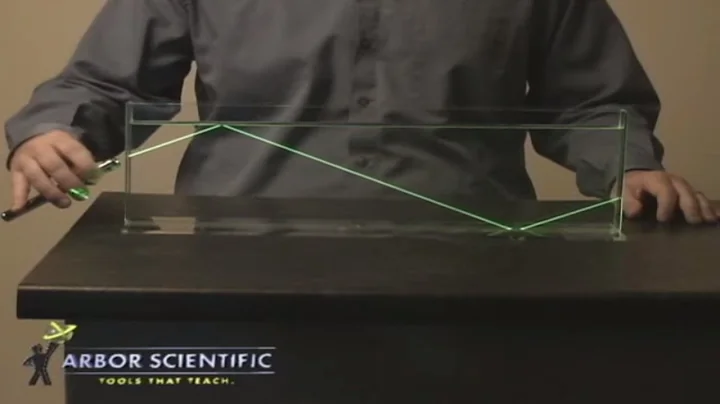

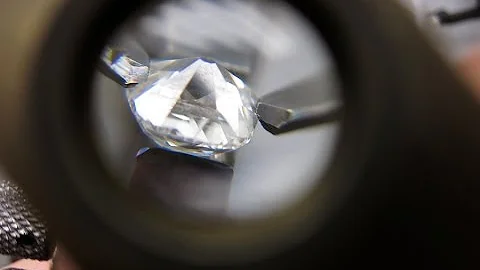



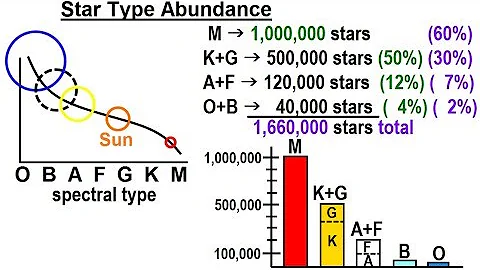

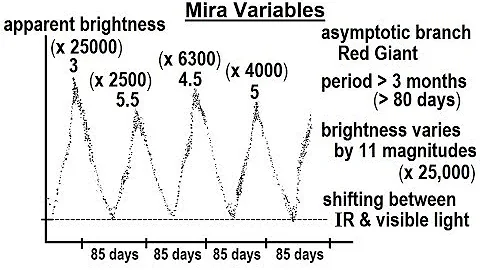



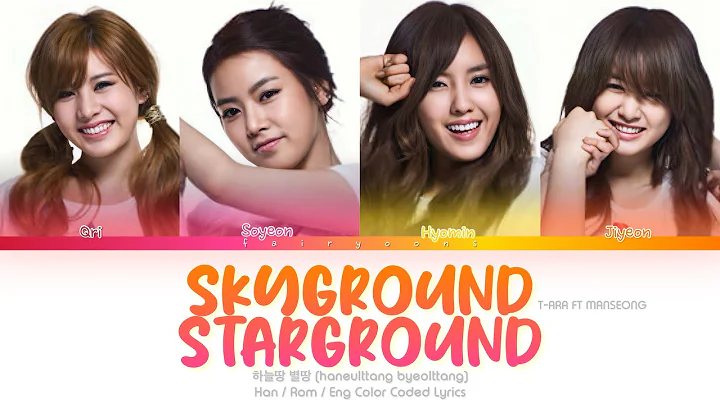
![Ivy Shao (邵雨薇) - Stars and Moon (星月) (Sweet Combat/甜蜜暴击) - [Chinese|Pinyin|English] lyrics - DayDayNews](https://i.ytimg.com/vi/-UclXdelFVI/hq720.jpg?sqp=-oaymwEcCNAFEJQDSFXyq4qpAw4IARUAAIhCGAFwAcABBg==&rs=AOn4CLBJma4bG-TwK2rtGvhDh8bM2ui5cA)